Home>Home Maintenance>What To Report On Personal Property Assessment Return
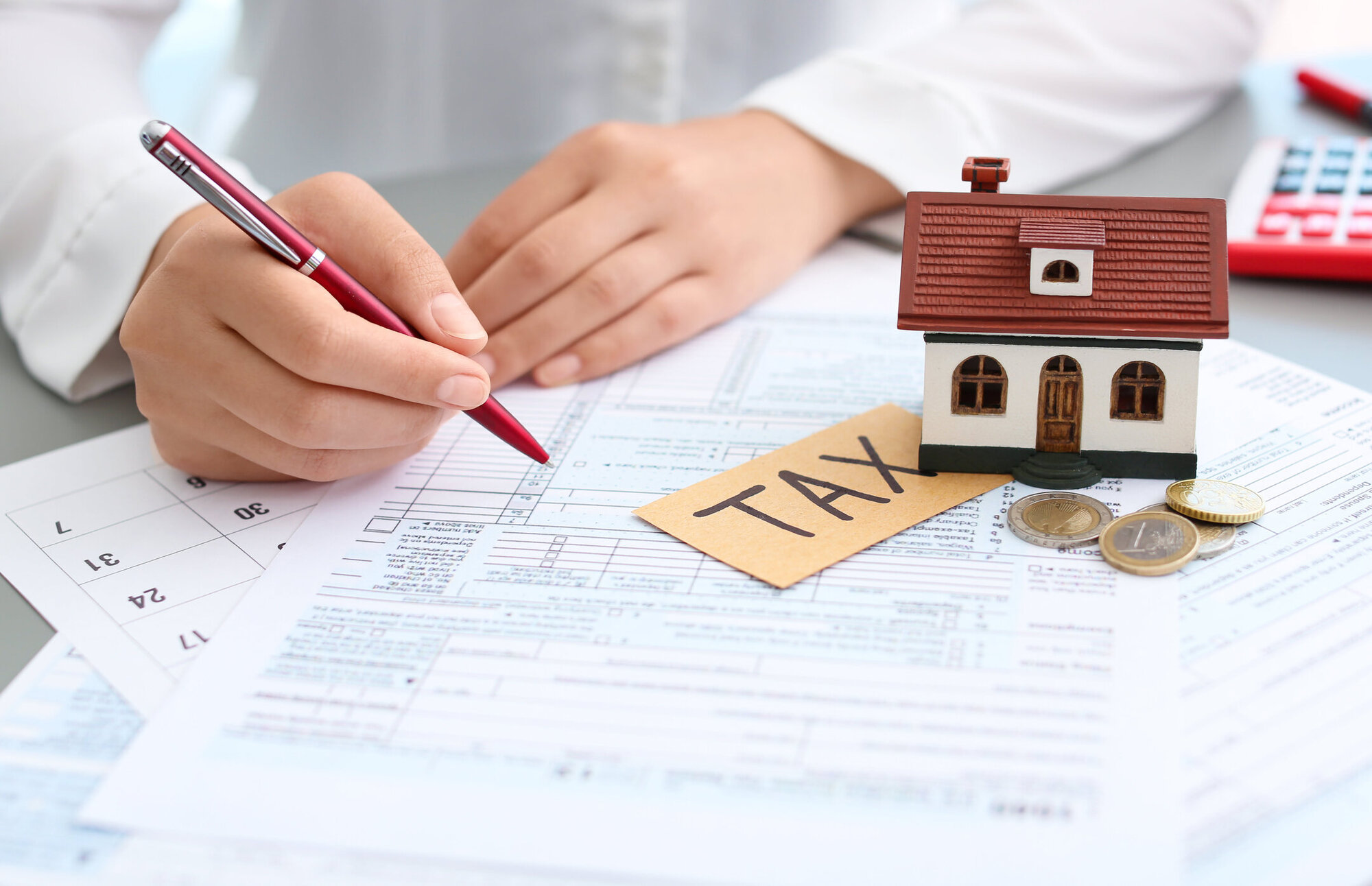

Home Maintenance
What To Report On Personal Property Assessment Return
Modified: March 6, 2024
Ensure accurate reporting of personal property assessment on your return. Learn what to include and how to report home maintenance expenses.
(Many of the links in this article redirect to a specific reviewed product. Your purchase of these products through affiliate links helps to generate commission for Storables.com, at no extra cost. Learn more)
Introduction
Welcome to the world of home maintenance! As a homeowner, it’s essential to take care of your property to ensure its longevity and to create a comfortable living environment. Regular home maintenance not only prevents costly repairs but also adds value to your investment. From simple tasks like cleaning gutters to more complex projects like renovating a bathroom, there’s always something to be done. But don’t worry – with the right knowledge and tools, you can handle most home maintenance tasks on your own.
In this comprehensive guide, we will explore the various aspects of home maintenance and provide you with valuable tips and insights. Whether you’re a first-time homeowner or have years of experience under your belt, we’re confident that you’ll find useful information to help you maintain and improve your home.
From the exterior to the interior, we will cover it all. We’ll discuss key areas like roofing, siding, plumbing, electrical systems, heating, and cooling. We’ll also delve into topics such as landscaping, painting, flooring, insulation, and organization.
One of the key objectives of this guide is to empower you with the knowledge and confidence to tackle home maintenance tasks on your own. However, we also recognize that not everyone has the time, skills, or desire to handle every project themselves. So, we’ll also provide guidance on when it’s best to hire a professional.
Home maintenance should be approached with a proactive mindset. By adopting a regular maintenance routine, you can catch small issues before they turn into major problems. This can save you a significant amount of money and prevent the stress of dealing with unexpected repairs.
Furthermore, maintaining your home properly can contribute to its overall energy efficiency. This translates into lower utility bills and a reduced carbon footprint. So, in addition to benefiting your wallet, you’ll be doing your part for the environment.
Finally, let’s not forget the emotional benefit of a well-maintained home. A clean and organized space can boost your mood, reduce stress, and create a welcoming atmosphere for family and friends.
So, without further ado, let’s dive into the world of home maintenance and discover how to keep your property in top shape!
Key Takeaways:
- Properly maintaining and reporting personal property is essential for homeowners and businesses. Accurate reporting ensures fair taxation and supports essential community services.
- Understanding the personal property assessment process and guidelines helps ensure accurate reporting of assets. Thorough inventory and proper valuation are key to fulfilling reporting obligations.
Read more: What Is Property Assessment
Understanding Personal Property Assessment Returns
When it comes to property assessment, most homeowners are familiar with the process of assessing the value of their real estate. However, there is another aspect of assessment that is often overlooked – personal property assessment. Personal property refers to any movable assets that you own, such as furniture, vehicles, equipment, and inventory for your business.
The purpose of personal property assessment is to determine the value of these assets for taxation purposes. Depending on your local jurisdiction, you may be required to report your personal property and pay taxes based on its assessed value. This assessment is typically conducted annually or on a predetermined schedule set by your local government.
The personal property assessment return is the document that you must fill out and submit to the appropriate authority. It requires you to provide detailed information about the assets you own and their estimated value. This information is used to calculate the amount of tax you owe on your personal property.
It’s important to note that personal property assessment returns are not limited to individuals. Businesses are also required to report their personal property assets and pay taxes accordingly. This includes assets such as office furniture, machinery, vehicles, and inventory.
Personal property assessments can vary greatly depending on your location and the specific regulations in place. Some jurisdictions may require a detailed inventory report, while others may have specific forms to be filled out. It’s crucial to familiarize yourself with the assessment process in your area and ensure that you comply with all reporting requirements.
Failure to report your personal property accurately and on time can result in penalties and fines. It’s essential to take this responsibility seriously and make sure you understand the rules and regulations that apply to your situation.
By properly reporting your personal property and paying the associated taxes, you contribute to the funding of essential services provided by your local government. These services include schools, infrastructure maintenance, public safety, and more. Paying your fair share ensures that these services continue to benefit the community as a whole.
In the following sections, we will delve into the details of what to include in your personal property assessment return. We will discuss various types of assets and provide guidance on how to accurately report them. Whether you’re an individual homeowner or a business owner, this information will help you navigate the personal property assessment process with confidence.
What to Include in Your Personal Property Assessment Return
When it comes to filling out your personal property assessment return, it’s crucial to provide accurate and comprehensive information about the assets you own. This will ensure that your property is correctly assessed for taxation purposes. Here are some key elements to include in your personal property assessment return:
- Identification Information: Begin by providing your name, address, and any other required personal identification details. This helps the assessing authority to identify the owner of the assessed property.
- Asset Description: Provide a detailed description of each asset you own. This should include information such as the make, model, year, and any unique characteristics of the asset.
- Asset Value: Estimate the current value of each asset. This can be based on factors such as the purchase price, age, condition, and depreciation. Keep in mind that different jurisdictions may have specific guidelines for valuing certain types of assets.
- Proof of Ownership: In some cases, you may be required to provide proof of ownership for certain assets. This can include invoices, receipts, or registration documents. Make sure to include any supporting documentation as requested.
- Date of Acquisition: Indicate when you acquired each asset. This information is important for determining the age of the asset and its potential depreciation.
- Use of the Asset: Specify whether the asset is used for personal purposes or if it is used for business or rental purposes. Different tax rules may apply based on the intended use of the asset.
It’s important to note that the specific requirements for personal property assessment returns can vary depending on your location. Some jurisdictions may require additional information or have specific forms to be filled out. It’s essential to familiarize yourself with the guidelines and forms provided by your local assessing authority.
Additionally, it’s crucial to report all eligible assets in your personal property assessment return. This includes not only tangible assets such as furniture, vehicles, and equipment but also intangible assets such as patents, trademarks, and copyrights. Failure to report assets accurately and completely can result in penalties and additional tax liabilities.
Keep in mind that personal property assessments are typically based on the market value or the assessed value of the assets. The assessed value may be a percentage of the market value determined by the local assessing authority. Understanding how your jurisdiction determines the value of your assets is important for accurately reporting them in your assessment return.
By taking the time to carefully include all the necessary information in your personal property assessment return, you ensure that your assets are appropriately assessed for taxation purposes. This not only fulfills your legal obligations but also helps maintain a fair and equitable tax system.
In the next sections, we will dive into more specific details on how to report different types of assets in your personal property assessment return. Whether you own fixed assets, inventory, or intangible assets, we’ll provide helpful guidance to ensure accurate reporting.
Reporting Fixed Assets
Fixed assets refer to long-term assets that are owned by an individual or a business and are used for the production of goods or services. These assets are not intended for sale as part of normal operations. Examples of fixed assets include buildings, land, machinery, vehicles, furniture, and equipment.
When reporting fixed assets in your personal property assessment return, it’s essential to provide detailed information about each asset to ensure accurate valuation. Here are some key points to consider:
- Asset Description: Provide a comprehensive description of each fixed asset, including its make, model, serial number (if applicable), and any other identifying details. This information helps the assessing authority to accurately identify and evaluate the asset.
- Acquisition Cost and Date: Include the purchase price of each fixed asset and the date you acquired it. This information is crucial for determining the asset’s value and its potential depreciation over time.
- Depreciation: If applicable, calculate and report the depreciation of your fixed assets. Depreciation is an accounting method used to allocate the cost of an asset over its useful life. Most jurisdictions have specific rules and formulas for calculating depreciation, so make sure to follow the guidelines provided by your local assessing authority.
- Improvements and Upgrades: If you have made any significant improvements or upgrades to your fixed assets, make sure to include these details in your assessment return. Improvements can increase the value of the asset and may impact its assessed value for taxation purposes.
- Proof of Ownership: For valuable fixed assets, it may be necessary to provide proof of ownership, such as purchase receipts, invoices, or registration documents. Keep these documents organized and accessible, as they may be required during the assessment process.
Properly reporting fixed assets is crucial for accurately assessing their value and determining the appropriate tax liability. It’s important to note that the assessing authority may conduct periodic inspections to verify the existence and condition of reported fixed assets. So, it’s essential to maintain proper records and ensure that the assets are in the condition you have described in your assessment return.
Keep in mind that different jurisdictions may have specific reporting requirements and valuation methods for fixed assets. It’s important to familiarize yourself with the guidelines provided by your local assessing authority to ensure compliance.
By accurately reporting your fixed assets in your personal property assessment return, you contribute to the integrity and fairness of the tax system. Additionally, keeping thorough records of your fixed assets helps you manage and maintain these valuable assets effectively.
In the next sections, we will explore how to report inventory, intangible assets, and other types of personal property in your assessment return. Stay tuned for more essential information to help you navigate the personal property assessment process with confidence.
Reporting Inventory
Inventory is an essential component of many businesses, particularly those involved in retail, manufacturing, or distribution. It refers to the goods or materials held by a business for sale or in the process of being produced for sale. Reporting inventory accurately in your personal property assessment return is crucial for determining the value of your assets and ensuring compliance with tax regulations. Here are some key points to consider when reporting inventory:
- Inventory Valuation Method: Different inventory valuation methods exist, such as the First-In-First-Out (FIFO), Last-In-First-Out (LIFO), or Average Cost methods. Familiarize yourself with the specific inventory valuation method required by your jurisdiction and use it consistently when reporting your inventory.
- Inventory Tracking: Maintain proper records of your inventory throughout the year. This includes keeping track of the quantities, purchases, sales, returns, and any adjustments made to the inventory. Accurate record-keeping ensures that your inventory values are up-to-date and can be easily reported in your assessment return.
- Inventory Categories: Categorize your inventory based on its nature or type. This can include categorizations such as raw materials, work-in-progress, finished goods, or merchandise. Reporting inventory by category provides a clearer picture of your assets and allows for more accurate valuation.
- Physical Counts: Conduct regular physical counts of your inventory to ensure that the reported quantities match the actual quantities on hand. This helps to identify any discrepancies or errors and ensures that your inventory is accurately reflected in your assessment return.
- Market Value vs. Cost: Determine whether your inventory should be reported at its cost or its market value. Some jurisdictions require inventory to be reported at its lower of cost or market value. Consult the guidelines provided by your local assessing authority to determine the appropriate valuation method for your inventory.
It’s important to note that the valuation of inventory can be complex, especially for businesses with large and diverse inventories. Consider seeking professional assistance, such as a certified accountant, to ensure accurate reporting and compliance with tax regulations.
In addition to the above considerations, it’s essential to keep your inventory records organized and easily accessible. This includes maintaining records of purchase invoices, sales receipts, and any other relevant documents required for inventory valuation and reporting.
By accurately reporting your inventory in your personal property assessment return, you contribute to the fairness and accuracy of the tax system. Properly valuing and reporting your inventory ensures that your tax liability reflects the actual value of your assets and promotes a level playing field for businesses.
In the next section, we will explore how to report intangible assets in your assessment return. Stay tuned for valuable information on how to accurately report this unique category of personal property.
When reporting on your personal property assessment return, make sure to include all valuable items such as vehicles, jewelry, and electronics. Be thorough and accurate to avoid any potential issues with your assessment.
Read more: What Is A Property Assessment Notice
Reporting Intangible Assets
Intangible assets are a unique category of personal property that represents valuable rights or interests without a physical presence. These assets can have significant value and need to be properly reported in your personal property assessment return. Here’s what you need to know when reporting intangible assets:
- Types of Intangible Assets: Intangible assets can include intellectual property such as patents, trademarks, copyrights, and trade secrets. They can also include licenses, franchises, leasehold interests, and contracts. Identify the intangible assets you own and make sure to include them in your assessment return.
- Proof of Ownership: For intangible assets, it’s essential to provide proper documentation to prove ownership and establish their value. This can include certificates of registration, license agreements, legal contracts, or any other relevant documents. Maintain copies of these documents and include them as supporting evidence in your assessment return.
- Valuing Intangible Assets: Valuing intangible assets can be complex and requires careful consideration. Some intangible assets may have a market value, while others may need to be valued based on their historical cost or the income they generate. Consult with a professional appraiser or accountant to determine the appropriate valuation method for your specific assets.
- Amortization: Intangible assets with a limited useful life are typically amortized, which means their cost is allocated over that period. Determine the appropriate amortization period for each intangible asset and report the amortization expense accordingly. Compliance with the specific rules and guidelines of your jurisdiction is crucial.
- Transfer of Intangible Assets: If you have acquired or transferred any intangible assets during the reporting period, make sure to include these transactions in your assessment return. Provide details about the nature of the transfer, the parties involved, and any associated costs or gains.
It’s important to note that the reporting of intangible assets may vary depending on the regulations and guidelines of your local jurisdiction. Some jurisdictions may have specific forms or schedules dedicated to intangible assets. Familiarize yourself with these requirements to ensure accurate and compliant reporting.
While intangible assets may not have a physical presence, they can hold significant value for individuals and businesses. Properly reporting these assets helps ensure the fairness and accuracy of the assessment process and promotes transparency in the taxation of personal property.
In the next section, we will explore how to report other types of personal property in your assessment return. Stay tuned for more valuable information to help you navigate the personal property assessment process.
Reporting Other Personal Property
While fixed assets, inventory, and intangible assets are common categories of personal property, there may be additional types of property that you own and need to report in your personal property assessment return. Here’s how to report other personal property:
- Identify the Property: Take an inventory of all other personal property that you own. This can include items such as jewelry, collectibles, artwork, antiques, electronics, and other valuable possessions. Ensure that you have a comprehensive list of these items before reporting them in your assessment return.
- Provide Descriptions and Details: For each item of personal property, provide a detailed description including its type, brand, model, and any other relevant characteristics. Include serial numbers or unique identifiers if applicable.
- Estimate the Value: Determine the estimated value of each item of personal property. This can be based on factors such as the market value, condition, age, and any relevant appraisals or valuations. Remember to use a reasonable and justifiable value for each item.
- Include Supporting Documentation: If available, include any supporting documentation such as purchase receipts, appraisals, or certificates of authenticity. These documents can serve as evidence for the reported value of your personal property.
- Consider Tax Exemptions or Deductions: Certain jurisdictions may offer exemptions or deductions for certain types of personal property, such as heirlooms, family heirlooms, or property used for charitable purposes. Review the tax laws and regulations in your area to determine if you qualify for any applicable exemptions or deductions.
It’s important to report all other personal property accurately and honestly in your assessment return. Failure to report these assets can result in potential penalties, fines, or reassessment of your taxes. Be thorough in your inventory and ensure that all eligible property is accounted for.
Additionally, it’s important to regularly review and update your personal property inventory. New acquisitions, disposals, or changes in value should be reflected in your assessment return to maintain accuracy and compliance.
By reporting all other personal property appropriately in your assessment return, you contribute to the fairness and integrity of the tax system. Accurate reporting ensures that your tax liability reflects the value of the assets you own and supports an equitable distribution of tax burdens.
In the next section, we will discuss common errors to avoid when submitting your personal property assessment return. Stay tuned for important tips to help you navigate the process smoothly.
Common Errors to Avoid
When it comes to reporting your personal property in an assessment return, there are several common errors that can lead to inaccurate assessments or potential penalties. By being aware of these errors and taking proactive steps to avoid them, you can ensure a smooth and accurate reporting process. Here are some common errors to avoid:
- Underreporting: One of the most common errors is underreporting your personal property. Failing to include all eligible assets or undervaluing them can result in an inaccurate assessment and potential penalties. Take the time to thoroughly inventory your personal property and accurately estimate its value.
- Overreporting: On the other hand, overreporting can also lead to errors. It’s essential to understand the specific guidelines and thresholds in your jurisdiction and report only the assets that are required to be included in your assessment return. Including unnecessary or exempt items can skew the assessment and potentially increase your tax liability.
- Incorrect Valuation: Valuing personal property can be challenging, especially for unique or specialized items. Using improper valuation methods or inaccurately estimating the value can result in an incorrectly assessed tax liability. Take the time to research and use appropriate valuation methods or consult with professionals if needed.
- Failure to Include Supporting Documentation: For assets that require supporting documentation, such as proof of ownership or appraisals, failing to include these documents can lead to complications and potential disputes. Keep your records organized and ensure that all necessary documentation is provided when submitting your assessment return.
- Missing Filing Deadlines: Each jurisdiction has specific filing deadlines for personal property assessment returns. Failing to meet these deadlines can result in penalties or additional assessments. Mark your calendar and ensure that you submit your assessment return on time.
- Inaccurate Descriptions: Providing inaccurate or insufficient descriptions of your personal property can cause confusion and may lead to errors in the assessment process. Be detailed and specific in your descriptions to ensure accurate identification and valuation of your assets.
- Ignoring Exemptions or Deductions: Many jurisdictions offer exemptions or deductions for certain types of personal property or specific circumstances. Failing to take advantage of these opportunities can result in higher tax liabilities than necessary. Research and understand the tax laws in your area to ensure that you are claiming any applicable exemptions or deductions.
By avoiding these common errors, you can ensure the accuracy of your personal property assessment return. Taking the time to understand the reporting requirements, valuing your assets correctly, and providing the necessary documentation will help to streamline the assessment process and minimize potential issues.
Remember, the goal is to report your personal property accurately and comply with the tax regulations in your jurisdiction. By doing so, you contribute to the fairness and integrity of the tax system and ensure that your tax liability reflects the true value of your assets.
Next, we will conclude our guide with a summary and some final thoughts on the importance of properly maintaining and reporting your personal property. Stay tuned!
Conclusion
Properly maintaining and reporting your personal property is crucial for homeowners and businesses alike. By understanding the process of personal property assessment and diligently fulfilling your reporting obligations, you contribute to the fairness and integrity of the tax system while ensuring accurate assessments of your assets. Here are some key takeaways from our guide:
- Take the time to familiarize yourself with the personal property assessment process and reporting requirements in your jurisdiction. Knowing the rules and guidelines will help you accurately report your assets.
- Thoroughly inventory your personal property and provide detailed descriptions for each asset. This includes fixed assets, inventory, intangible assets, and other personal property.
- Estimate the value of your assets based on appropriate valuation methods and provide supporting documentation where required.
- Avoid common errors such as underreporting or overreporting, incorrect valuation, missing filing deadlines, and inaccurate descriptions.
- Take advantage of any exemptions or deductions that may apply to your personal property. Understanding the tax laws in your area can help minimize your tax liabilities.
- Maintain proper records of your personal property, including purchase receipts, appraisals, and any other relevant documentation. This will help support the accuracy of your assessment return.
Remember, by properly maintaining and reporting your personal property, you not only fulfill your legal obligations but also contribute to the funding of essential services provided by your local government. Additionally, accurate reporting helps ensure that your tax liabilities reflect the true value of your assets and promotes a fair and equitable tax system.
We hope that this comprehensive guide has provided you with valuable information and insights into the personal property assessment process. By following the guidelines outlined in this guide, you can navigate the assessment process with confidence and ensure accurate reporting of your assets.
Thank you for joining us on this journey through the world of home maintenance and personal property assessment. Remember, maintaining and caring for your property is an ongoing process that requires attention and effort. By doing so, you can enhance the value, comfort, and longevity of your home or business. Happy maintaining!
Frequently Asked Questions about What To Report On Personal Property Assessment Return
Was this page helpful?
At Storables.com, we guarantee accurate and reliable information. Our content, validated by Expert Board Contributors, is crafted following stringent Editorial Policies. We're committed to providing you with well-researched, expert-backed insights for all your informational needs.
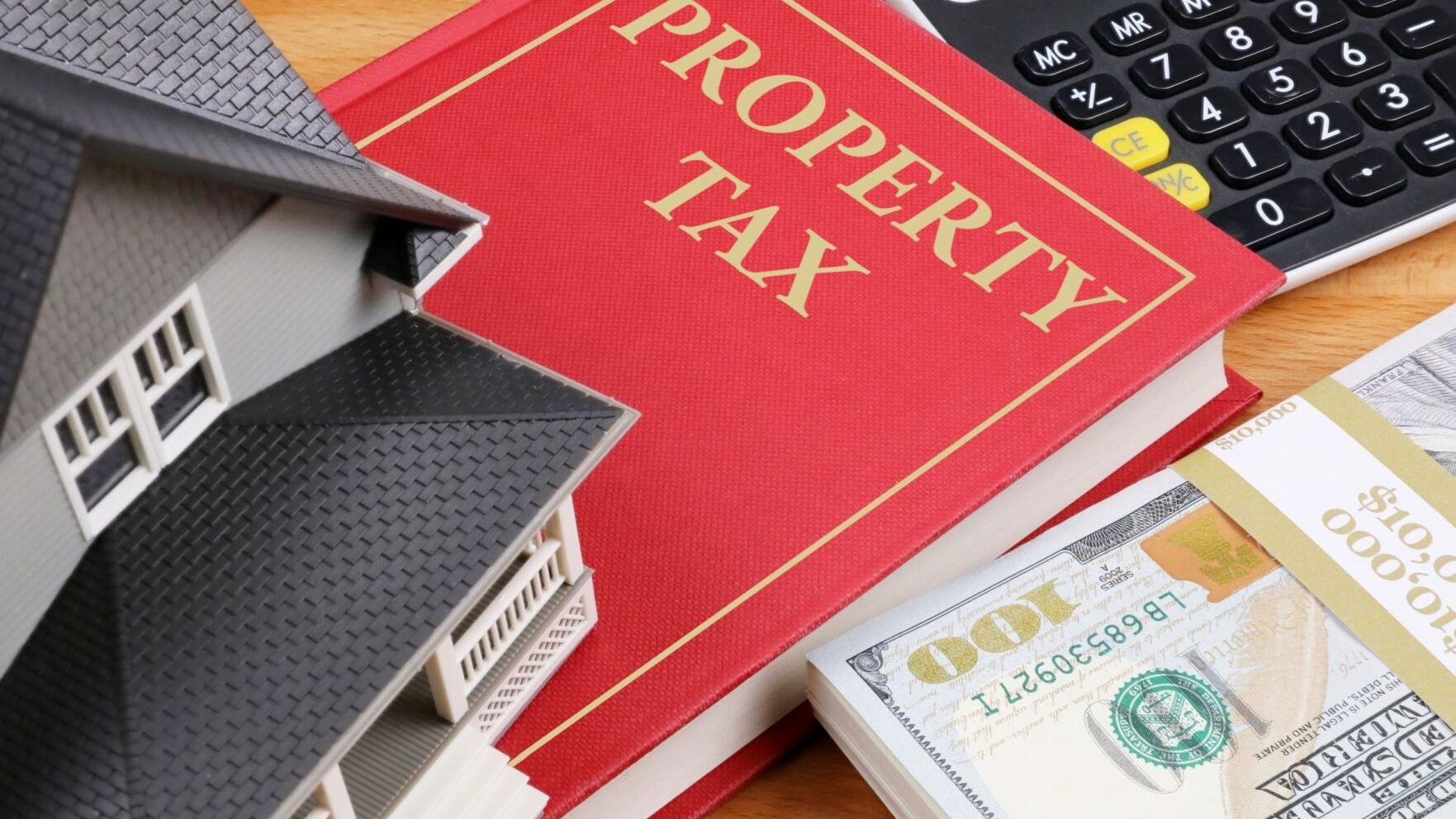
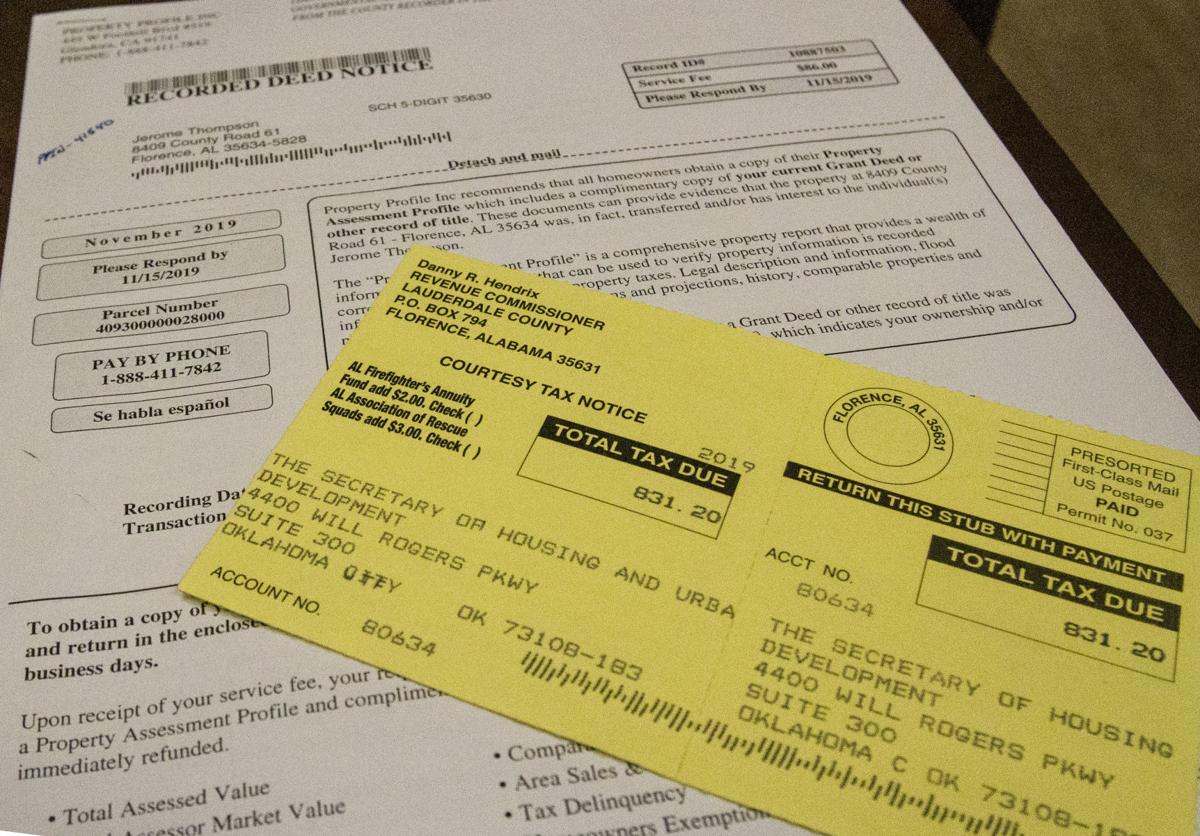
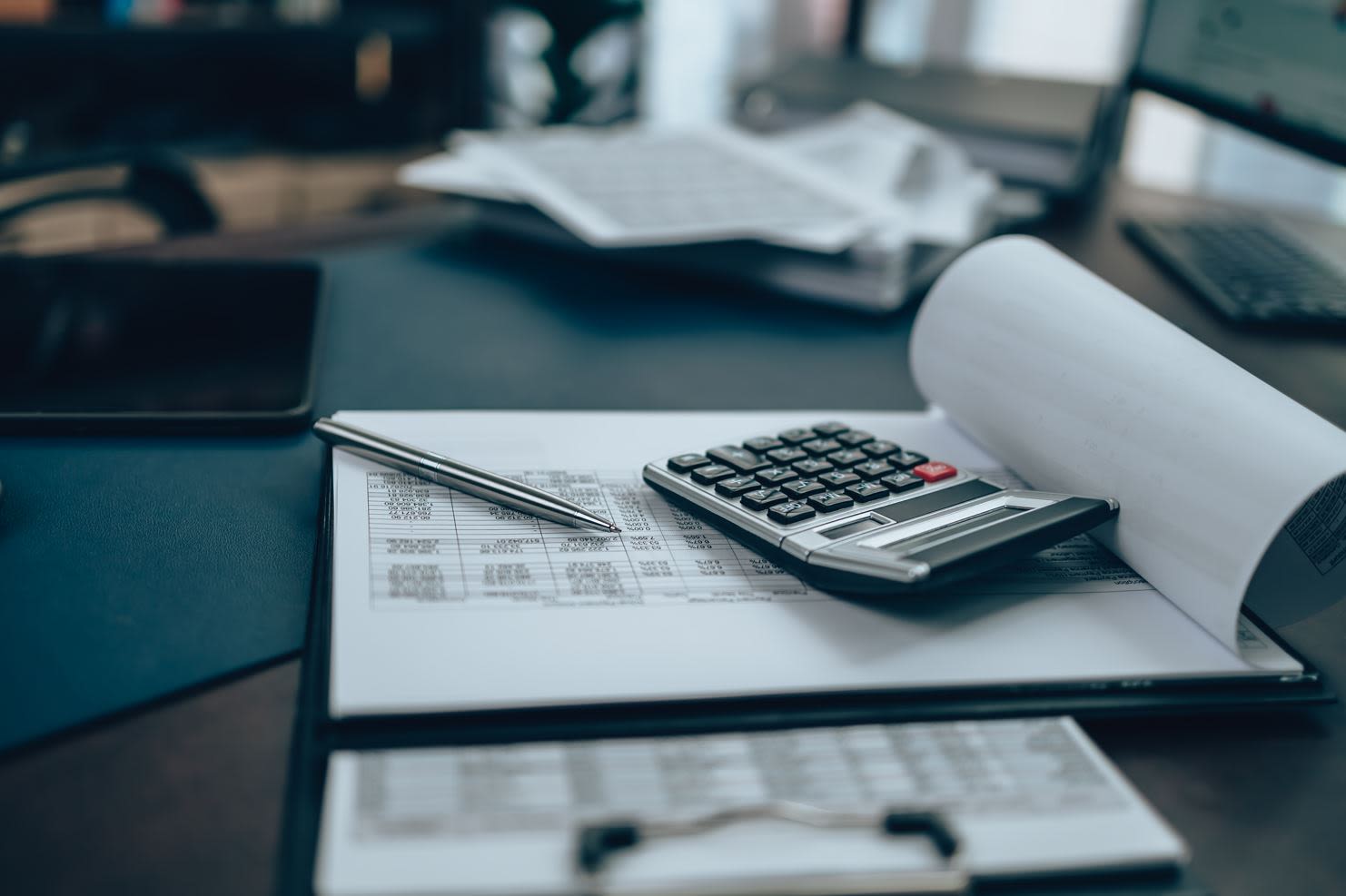

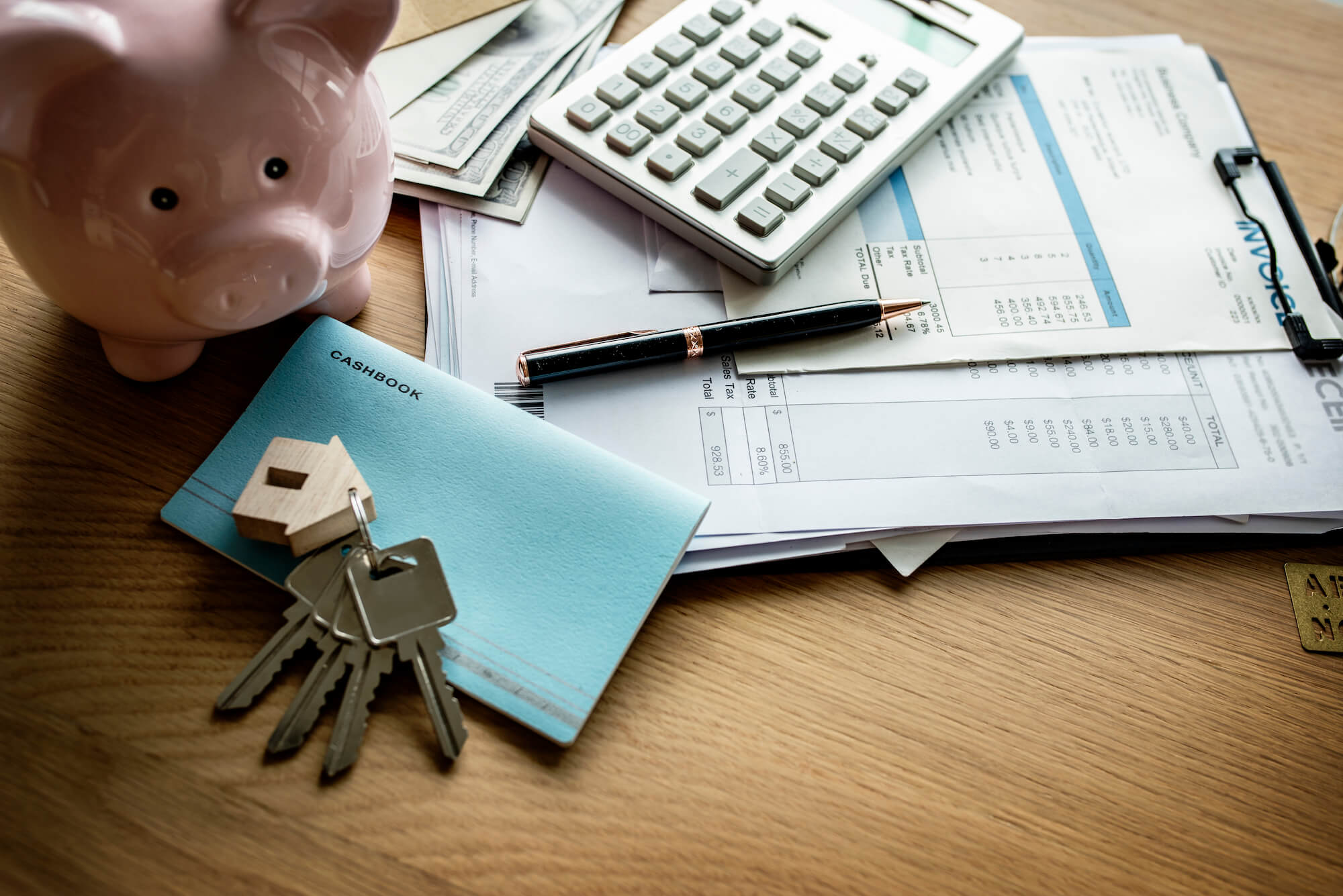
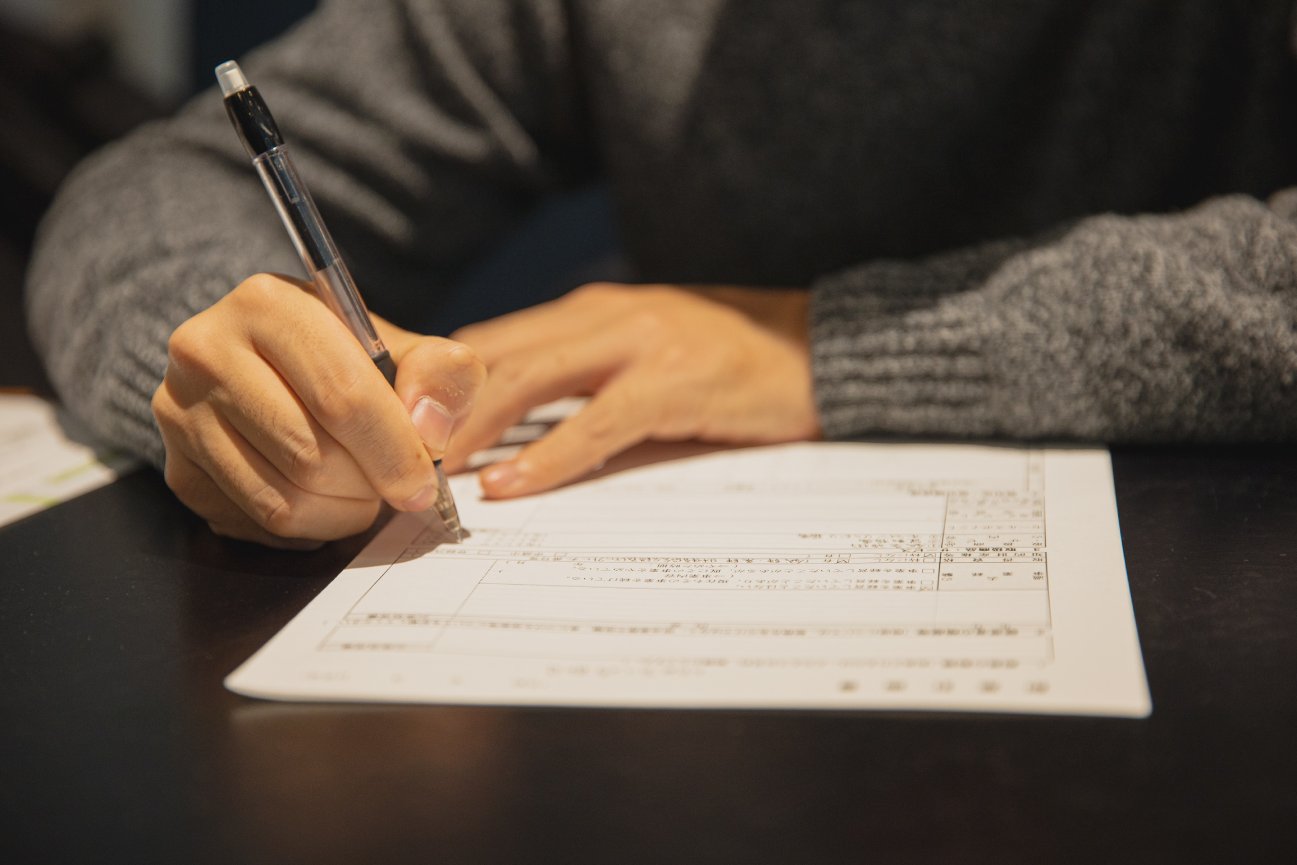
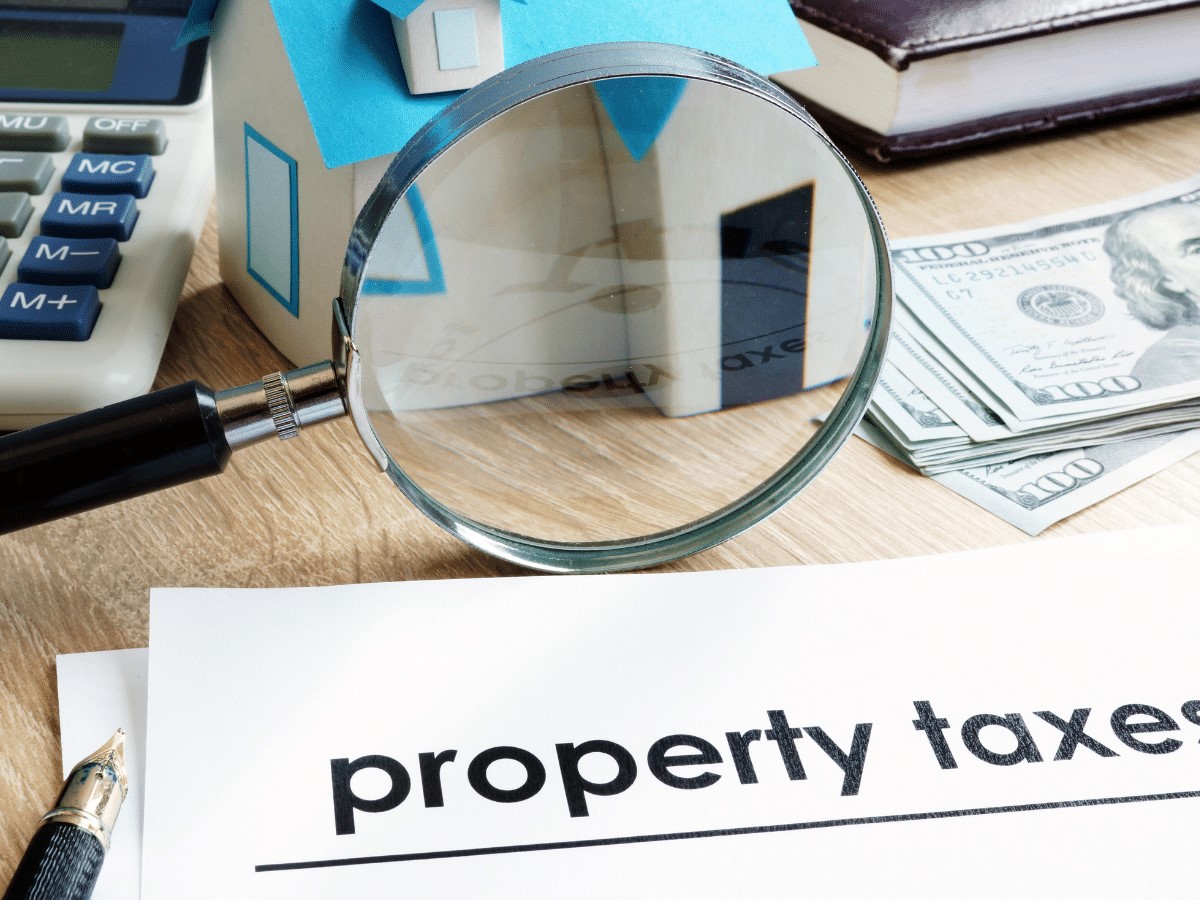





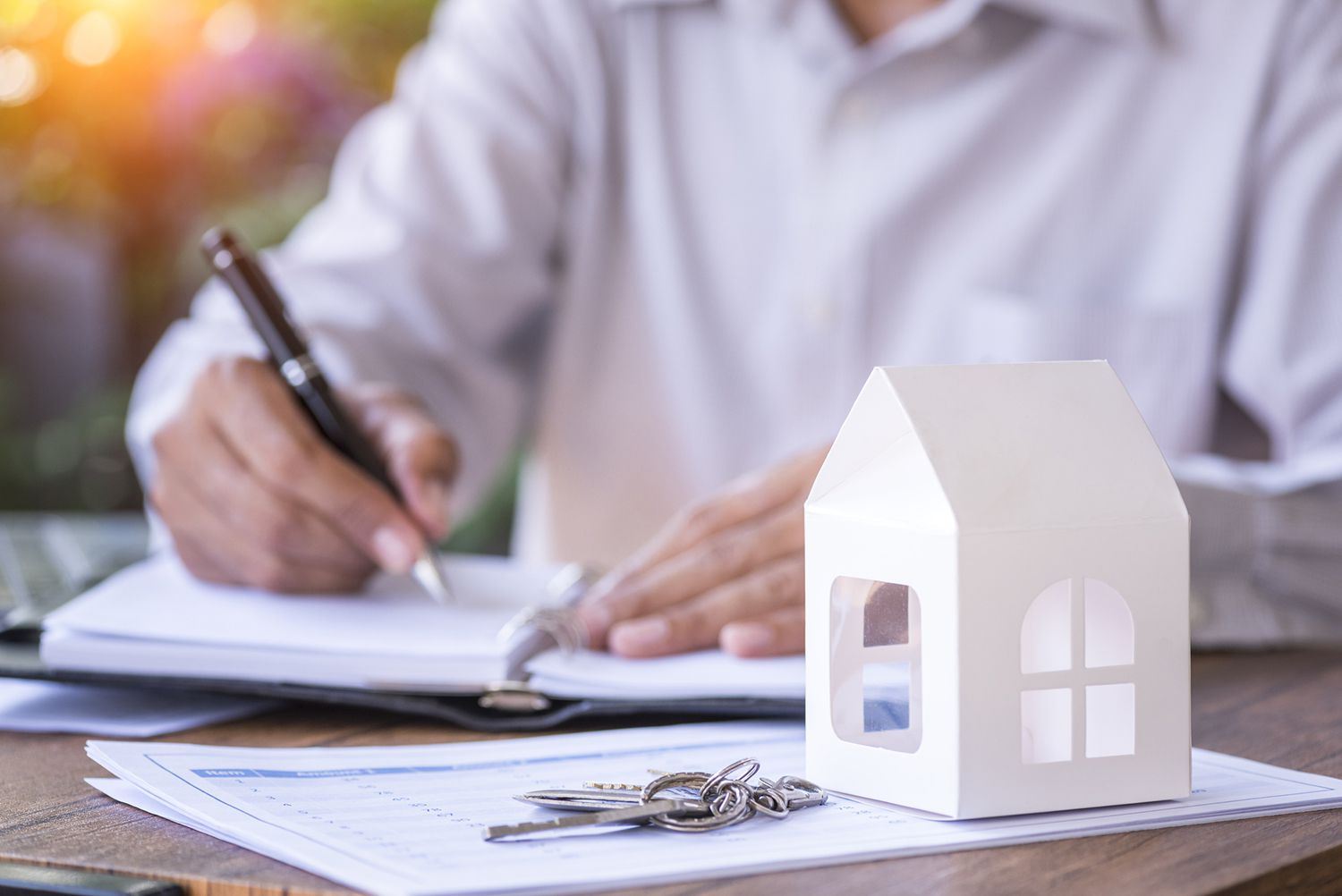


0 thoughts on “What To Report On Personal Property Assessment Return”